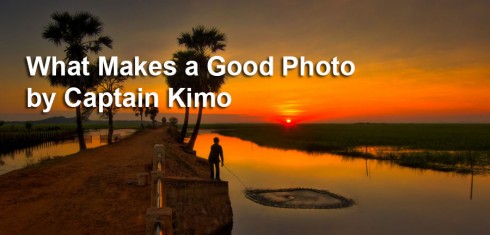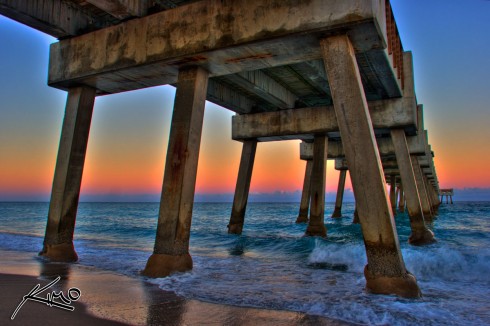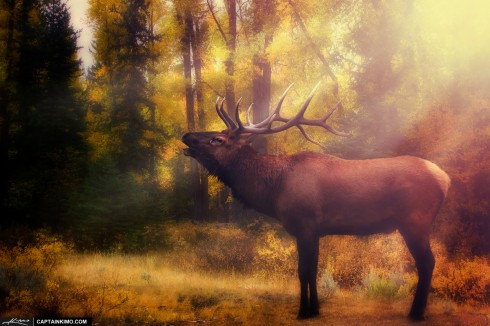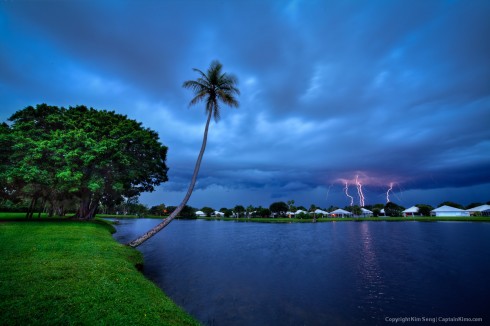 I’ve been meaning to write this article for a long time. Mainly because I get ask so many questions about my photographs. Most of these questions are in regards to camera, lens and settings. But the real question that I believe people want to ask is what makes a good photo. From my experience I can already tell you it’s not the gear or the settings.
I’ve been meaning to write this article for a long time. Mainly because I get ask so many questions about my photographs. Most of these questions are in regards to camera, lens and settings. But the real question that I believe people want to ask is what makes a good photo. From my experience I can already tell you it’s not the gear or the settings.
But just to enlighten you I will go ahead and answer all of the popular questions that I am always bombarded with on a daily basis.
1. What camera did you use?
Answer – Currently I am using a Canon Rebel T2i. My first camera was a Canon Rebel XT. My second camera was a Canon 20D. Third camera was a Canon 5DMK1. Fourth camera was a Canon 5DMK2. Fifth camera was a Canon Rebel T3. Now I am looking into purchasing a Canon 70D.
2. What lens did you use?
Answer – The one lens I am currently using 99% of the time is a Tamron 18-270mm. I also own and use the Rokinon 14mm f/2.8 lens. My previous lenses include a Canon 17-35mm f/2.8 and a Canon 100-400 f/4-5.6L Lens. I plan on purchasing a Sigma 150-500mm in the near future for up-close wildlife photos.
3. What camera settings do you use?
Answer – For 90% of my shots I use Av mode or Aperture Priority. I’ll use Manual Mode when I need more control over my exposure or when I use a flash. For HDR, I find 3 exposure for bracketing sufficient for most scenes. Four exposures if I need more detail in the shadow or color in the highlights. I will use 5 exposure for the most extreme situations, like shooting inside a home and trying to fill detail in a window.
4. What kind of tripod do you use?
Answer – The current tripod I have is a Manfrotto MKC3 because of it’s portability. I don’t recommend this tripod for anything heavier than a Canon Rebel. I don’t have any recommendation for a good tripod. The only recommendation I have is to use a tripod when shooting HDR. Any tripod will do fine. The sturdier the better.
5. Do you use any lens filters?
Answer – The only filter I use is a ND8 filter to stop light which allows me to use a slow shutter speed when I shoot at the beach during sunrise or sunset. The slow shutter speed will give me a smooth wave. I recommend any Cokin or Lee filter. The off brands from eBay are a cheap alternative but will result in discoloration of your photo.
So now that I’ve answered all the popular questions. Now lets answer the real question. What makes a good photo? The answer isn’t the gear you have or the settings you use. What makes a good photo is the Light and the Subject. Below I broke it down into percentages to equal 100% of a good photo.
Gear 5% – Gear should be the least of your worries. It plays such a small factor in making a good photo that I’ll let the photo below explain it all.
 The photo above was shot with a Canon S90 point and shoot camera without a tripod. It’s also an HDR Panorama!
The photo above was shot with a Canon S90 point and shoot camera without a tripod. It’s also an HDR Panorama!
Experience 10% – Knowledge is more important than gear because if you don’t know how to use your camera how do you expect to take a photo?
 The photo above was shot with a Sony NEX-5 mirrorless camera. Once I figured out how to use the camera making a good photo was easy.
The photo above was shot with a Sony NEX-5 mirrorless camera. Once I figured out how to use the camera making a good photo was easy.
Subject 25% – A good subject can make an inexperience photographer amazing. There are subjects that make a good photo without having to do anything but shoot. If you have to work too hard in making the subject look good then it might not be a subject worth photographing.
 The photo above was one of my very first HDR images during my amateur days. It won best of show at a local photography show. I credit the subject because most piers at the beach make a good subject matter.
The photo above was one of my very first HDR images during my amateur days. It won best of show at a local photography show. I credit the subject because most piers at the beach make a good subject matter.
Light 40% – Light is the very definition of a photo because without light you have no image. But having light isn’t enough you need the magical light. This is the light that can be seen during sunrise and sunset. That’s why photographers call it the Magic Hour.
 The Port Head Light is a great subject to photograph but hit it with the magic light and you get a breath taking memorable image most photographers would be jealous of.
The Port Head Light is a great subject to photograph but hit it with the magic light and you get a breath taking memorable image most photographers would be jealous of.
Imagination 20% – This is where your creativity comes into play. By using your imagination to visualize the end result you’ll be able to capture a unique photo that other photographers might not see. Imagination is also important because it can help you make a good photo on the post processing end. Don’t expect to get a perfect photographic moment every time. Most of the time you will get the worse conditions but that doesn’t mean you can’t make a good photo digitally.
 The photo above was a composite from two different images I use a little creativity in-camera to get a better image digitally. You can see the video tutorial by clicking here.
The photo above was a composite from two different images I use a little creativity in-camera to get a better image digitally. You can see the video tutorial by clicking here.
Luck 1% – Luck is the extra percent that will make your image 101% better than any other photo. This is what I call the Epic Shot. The photo that no one will ever get because it’s a once in a lifetime event. This factor is beyond our control. The only way to increase the odds is simply by being an active photographer!
 I had a little luck with this shot. Not only did I get some lightning but I got 4 bolts. I’m always looking for opportunities like this because these are the photos I know no else has.
I had a little luck with this shot. Not only did I get some lightning but I got 4 bolts. I’m always looking for opportunities like this because these are the photos I know no else has.
By breaking it down like this I hope you can see that making a good photo is not about the gear or the settings but more about the subject, light and your imagination. But don’t misunderstand me about gear, a good camera is important! However when I talk about making a good photo the camera plays a very small roll.
I hope you enjoyed this article. I think when it all comes down to it, enjoying yourself while you’re out on the field shooting is more important than capturing the image. So the next time you go out to shoot don’t forget to stop and enjoy the moment because a good photo is a reflection of your experience while you were there.
